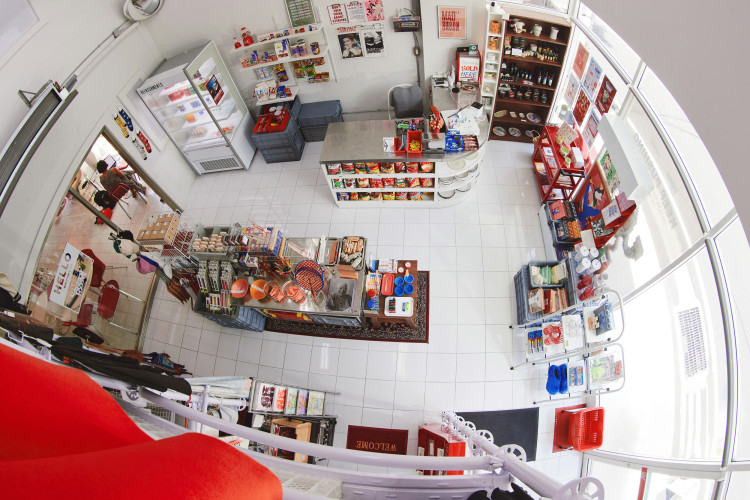
Team collaboration software has come a long way over the past few years, as companies rapidly adapted to remote working at the onset of the pandemic. And yet, there are still large inefficiencies in how people work and collaborate online.
This is where the metaverse could have a net positive impact. Teams can enter collaborative spaces in the metaverse and work together in a digital setting. It not only keeps a record of ongoing project work for a dispersed team, but the gamification element supposedly leads to more engagement with the task itself.
Tech companies are already tapping into this need. Meta, Facebook's parent company, introduced Horizon Workrooms in August 2021, which works with the Oculus headset to allow teams to come together in virtual meeting rooms and work on whiteboards. In March 2021, Microsoft announced the launch of Mesh, which lets users develop custom avatars or even holograms to be in a room in real-time.
For Nicci Talbot, founder of future-of-work newsletter The Shift, the metaverse could transform how we work. ‘It could help us overcome some of the challenges of remote work, like proximity bias,’ she says. ‘We can 3D model anything in the metaverse, which has huge possibilities for healthcare [and] architecture. It could revolutionize education, too. Imagine a virtual campus inside the metaverse that's powered by the cloud: agile, at a reduced cost and reaching far more people than building a physical place.’
Putting employees first
Bringing the metaverse into workplaces also means being mindful of health and wellbeing. ‘The problems we have now in the 2D internet and social media – like trolling, abuse and data and privacy concerns – may be amplified in 3D,’ Nicci says.
Working in the metaverse could impact physical health, with some users experiencing headaches from overstimulation. ‘The point of the mobile internet is to be mobile, but we're mostly static on Zoom calls, and potentially will be with VR experiences in the metaverse. It's best to keep its use short and focused on problem-solving and collaboration with remote teams.’
If the metaverse is going to become an adopted way of working, businesses will have to ensure that it's an effective tool, rather than something that employees feel obligated to use when a simple phone call might be enough. How useful is it to have a 3D avatar version of yourself to collaborate with your team members? Is working together in the metaverse helping teams to complete tasks and projects faster and more productively than other collaborative methods? Does it really suit everyone's individual needs and styles of working?
Businesses would also have to consider issues to do with diversity and inclusion. That includes financial accessibility to the technology, and digital accessibility where strong broadband connections might not be the norm, Nicci adds. A good example of how diversity and inclusion can be considered is DAWN (the Diverse Avatar Working Network), a cafe in Tokyo. People are served by robots that are operated remotely by those with physical disabilities. It's a model of working that combats both financial inaccessibility and social isolation at the same time – and presents a useful business case for working in the metaverse.
This article was first published in Courier issue 46, April/May 2022. To purchase the issue or become a subscriber, head to our webshop.



